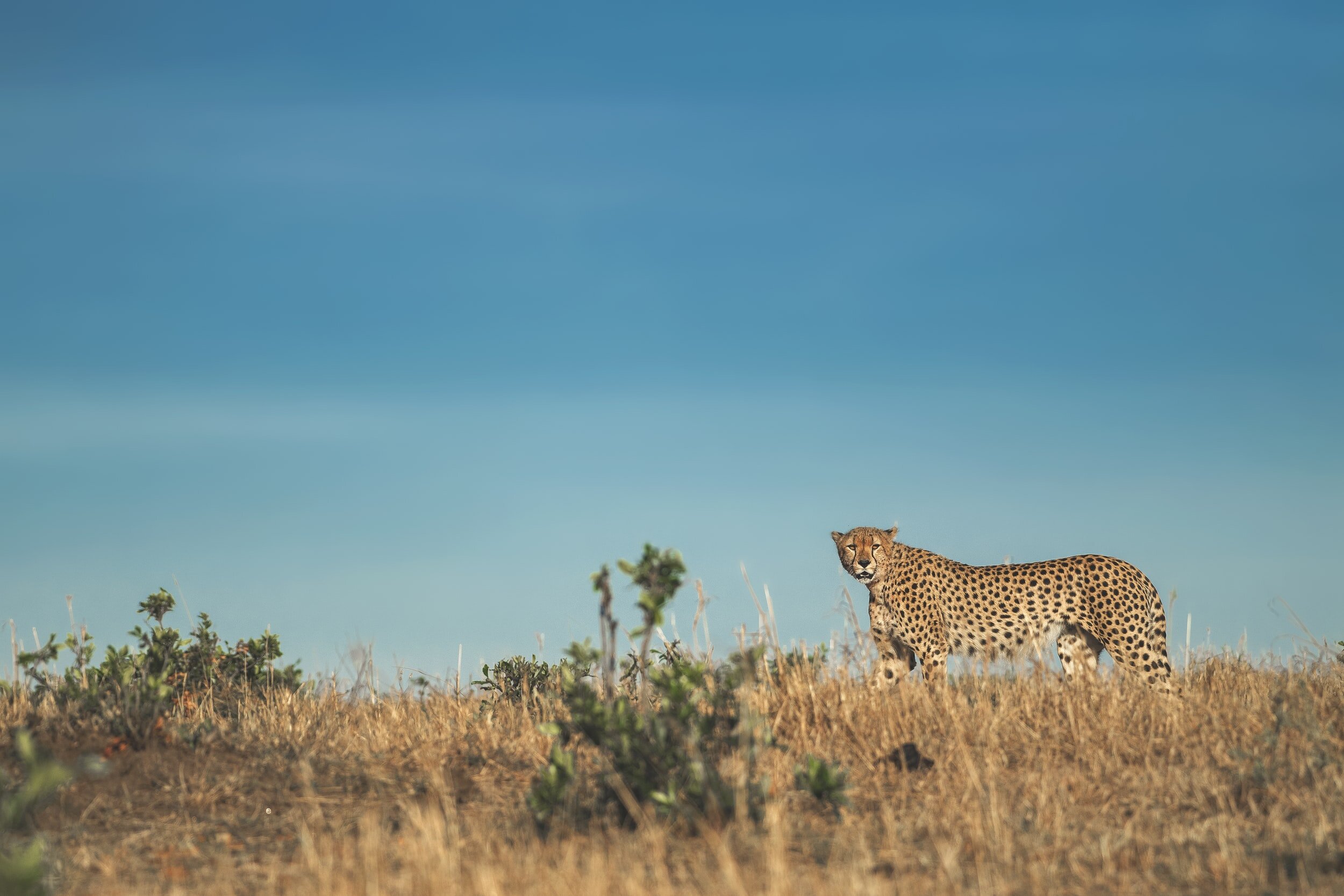If you’ve ever struggled with financial anxiety, you’re not alone—
I’ve been there too.
Money worries have been a recurring theme in my life, but over the years, I’ve learned tools to help me navigate those moments of fear and overwhelm.
In this post, I’m sharing three tips that have been game-changers for me. They’re simple, effective, and have made a big difference in how I approach financial matters.
I hope they help you too.
Tip 1: Get Physical to Reset Your Nervous System
One of the first things I learned about managing financial anxiety is the importance of movement. There have been so many times I’ve felt paralyzed at the thought of looking at my finances or tackling something like a negotiation. What I’ve discovered is that moving my body—even just a short walk around the block or a quick set of squats—helps shift that frozen, overwhelmed feeling.
Here’s why: movement triggers the release of mood-boosting hormones like serotonin. It also helps calm the “fight or flight” response in your nervous system, making it easier to think clearly. For me, getting my heart rate up even a little before diving into financial tasks creates space for calm and focus.
So next time you’re gearing up to look at your bank statements or tackle financial planning, try a few minutes of intentional movement first. You might be surprised at how much it helps.
Tip 2: Set the Initial Conditions for Success
I’ve also learned how much my environment impacts my ability to approach financial tasks without feeling overwhelmed. If I’m hungry, tired, or just not in a good headspace, even the simplest financial task feels impossible. Over time, I realized that setting myself up for success starts with creating the right initial conditions.
For me, this might look like:
Putting on my favorite fuzzy sweater to feel safe and grounded.
Making a cup of licorice tea (it’s like a hug in a mug).
Using orange essential oil because the scent instantly lifts my spirits and makes me feel abundant.
These little rituals help me feel more relaxed and remind my nervous system that I’m safe. When I’m in a state of comfort and ease, it’s so much easier to focus, stay on task, and approach money with patience and curiosity.
What makes you feel safe, warm, and ready?
Try creating your own “goldilocks conditions” before diving into financial matters—it can make a huge difference.
Tip 3: Seek Support to Decrease Shame and Increase Discernment
This was the hardest lesson for me to learn, but also the most transformative: it’s okay to ask for help. For years, I believed I had to figure out money stuff on my own — but all that did was deepen my anxiety and shame. Reaching out for support was a game-changer.
When I started talking to trusted people—friends who love spreadsheets, my coach, and even communities of like-minded folks—I noticed two things:
My shame began to melt away.
My ability to make thoughtful, discerning financial decisions improved.
We’re not meant to handle everything alone.
If financial anxiety is weighing on you, think about who in your life might be a good source of support. It could be a friend who geeks out on investing, a therapist who can help normalize your feelings, or a coach who offers practical tools. The most important thing is to recognize that you’re not alone.
If you’re looking for a supportive community, consider joining the upcoming Embodied Money Trauma Reset (EMTR) 101.
Over six weeks, starting January 28, 2025, we’ll explore how the nervous system impacts your relationship with money, why earning more isn’t always the answer, and how to approach financial well-being from a trauma-informed, somatic perspective.
Final Thoughts
These tips—moving your body, creating the right conditions, and seeking support—have been so helpful to me as I’ve worked through my own financial anxiety. They’re simple, but they’ve made a world of difference.
If you’re feeling stuck, start small. Even one intentional action can begin to shift how you feel about money. And remember: you don’t have to face this alone.
(EMTR) 101: Embodied Money Trauma Reset is now open for enrollment for a limited time. Class begins January 28th, 2025. Get the details and save your spot.













